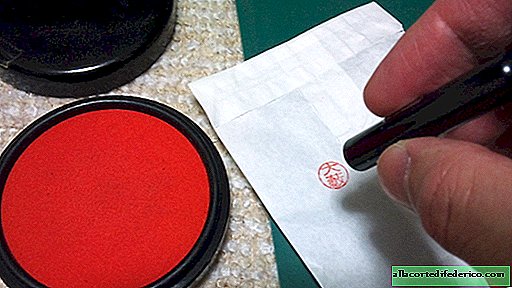9 historical misconceptions that are still believed
A huge amount of information has reached us about the historical figures of the past, but how much truth is there in it? Many of the facts that we hear about from childhood do not have any evidence.
For example, Napoleon’s small growth is explained by his ambitiousness, lust for power, and even lovingness. But was he really that low? The proven fact that Napoleon's height was quite normal - 170 centimeters.

Everyone knows that Van Gogh cut off his ear, but no one says that it was just a piece of lobe.

The following myth reassures all losers and their parents: Albert Einstein studied poorly. But in fact, his grades were high, especially in the natural sciences and mathematics.

If you ask who invented the light bulb, most will immediately say: Thomas Edison. But this is not so, he only found a way that made the bulb burn for a long time.

It is considered an indisputable fact that Salieri out of envy poisoned Mozart. But Salieri was a court conductor, his position was higher. In addition, the doctor who treated Mozart believed that he died of "millet fever." Rumors of poisoning are just rumors!

The idea of universal gravitation arose after the apple fell on the head of Isaac Newton. In fact, the apple fell nearby.

When it comes to traveling around the world, everyone immediately remembers Fernand Magellan. Unfortunately, Magellan died midway, the expedition ended the trip around the world without him.

Everyone knows the most beautiful and influential Egyptian. Of course, this is Cleopatra! Only Cleopatra was not an Egyptian; her family was from Macedonia.

And one of the freshest myths of the 20th century: Mickey Mouse came up with Walt Disney. In fact, the famous mouse was invented by Ab Iverks, a subordinate of Walt Disney. And even the name was not invented by Walt Disney, but by his wife.


















